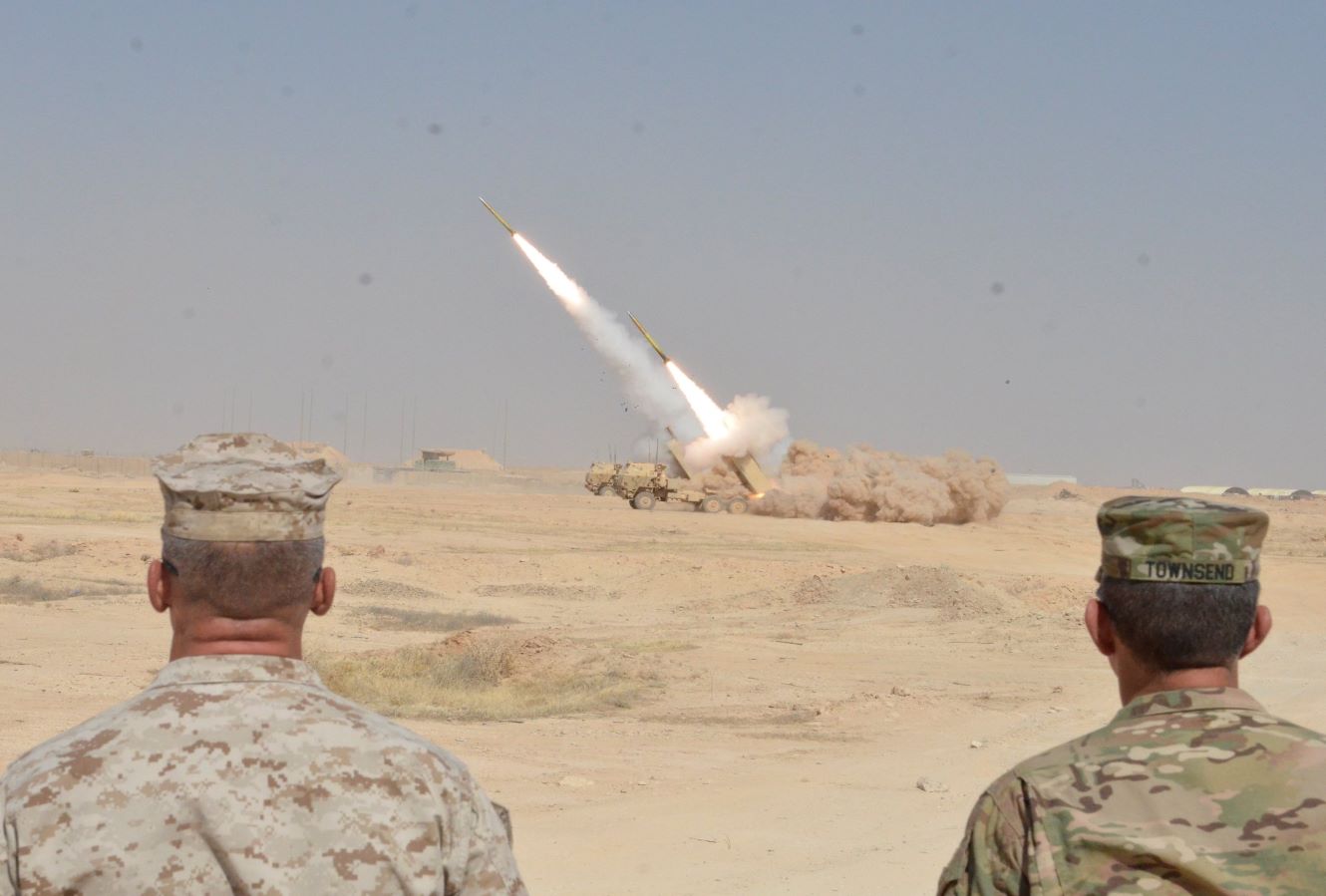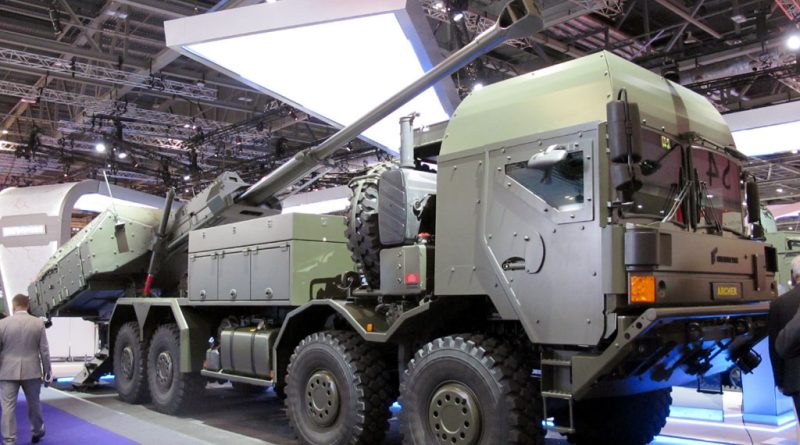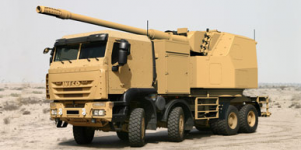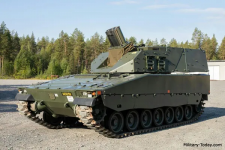- Reaction score
- 8,288
- Points
- 1,160
Rather than an infantry battalion in Latvia how about an artillery regiment?

Or even an appropriately equipped pair of Type 26s (Rockets and UAVs?)
Or a combination?
With launchers that can be transported in AORs and Type 26 Mission Bays, moved ship to shore by Cyclones or Chinooks and netted into the Type 26 CICs?

The RAND Corporation’s 2016 report on the Baltic scenario highlighted the region’s vulnerability, concluding that within 60 hours, Russia could seize enough terrain to “demonstrate NATO’s inability to protect its most vulnerable members and divide the alliance.” While this grave prediction that Russia could overrun the Baltics in under three days has created controversy and driven change within the alliance, it is no longer a valid conclusion, and rocket artillery is the reason why.

Rocket Artillery Can Keep Russia Out of the Baltics - War on the Rocks
Although a significant conflict between NATO and Russia is unlikely, a war of limited aims remains a distinct and dangerous possibility — and in almost
warontherocks.com
Or even an appropriately equipped pair of Type 26s (Rockets and UAVs?)
Or a combination?
With launchers that can be transported in AORs and Type 26 Mission Bays, moved ship to shore by Cyclones or Chinooks and netted into the Type 26 CICs?

The RAND Corporation’s 2016 report on the Baltic scenario highlighted the region’s vulnerability, concluding that within 60 hours, Russia could seize enough terrain to “demonstrate NATO’s inability to protect its most vulnerable members and divide the alliance.” While this grave prediction that Russia could overrun the Baltics in under three days has created controversy and driven change within the alliance, it is no longer a valid conclusion, and rocket artillery is the reason why.
Last edited:














